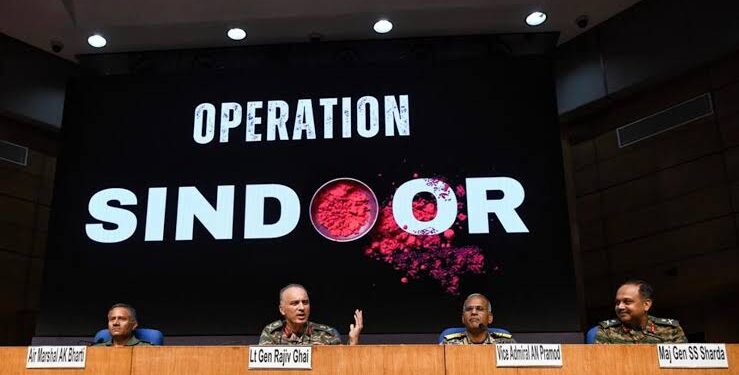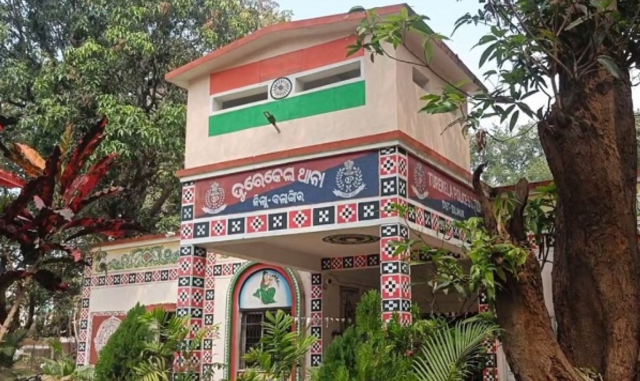A highly classified, over 200-page government manual—the Union War Book (2010)—became the primary guide for India’s top bureaucrats during the recent conflict with Pakistan, ensuring a coordinated nationwide response.
Printed in limited blue-cover editions and kept under strict security, the manual dates back to colonial times and is updated annually with inputs from the Ministries of Defence, Home Affairs, and the Cabinet Secretariat. Despite its age, officials say it remains the government’s go-to playbook for handling wartime situations.
Although the core edition is from 2010, originally compiled two years after the 26/11 Mumbai attacks, new developments—including technology shifts, cyber warfare, and drones—are appended yearly. “Technological updates are pasted in,” explained an official, ensuring the manual remains relevant.
Each state chief secretary reportedly holds a copy. From fire drills and evacuations to food supply protocols, the manual directs every department. It even outlines social media management, calling for cyber monitoring cells to track and flag inflammatory posts during emergencies.
The manual was explicitly cited after Maharashtra CM Devendra Fadnavis’s war preparedness meeting, with instructions for departments to “study the Union war book.”
Despite its secrecy, the manual’s influence was visible: from civil defence drills, communication protocols using radios and torches, to government staff mobilization for 24-hour duty rosters.
Officials hope the book soon returns to its locked shelf. “The public should know the Indian system is well-trained for emergencies,” a source said to a media house.
While the war book is confidential, its existence is a reminder of India’s deep institutional preparation—even for the unthinkable.





























